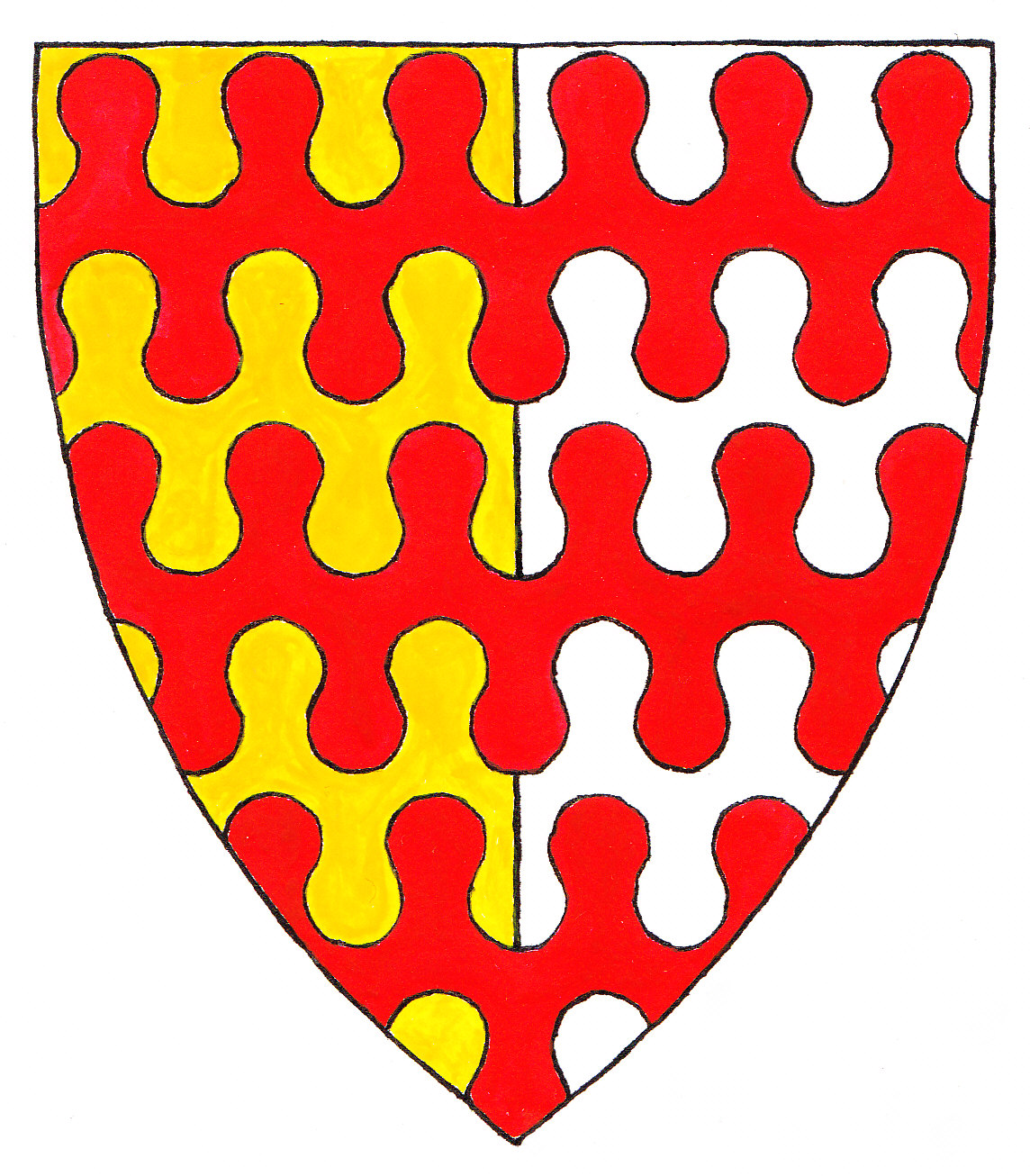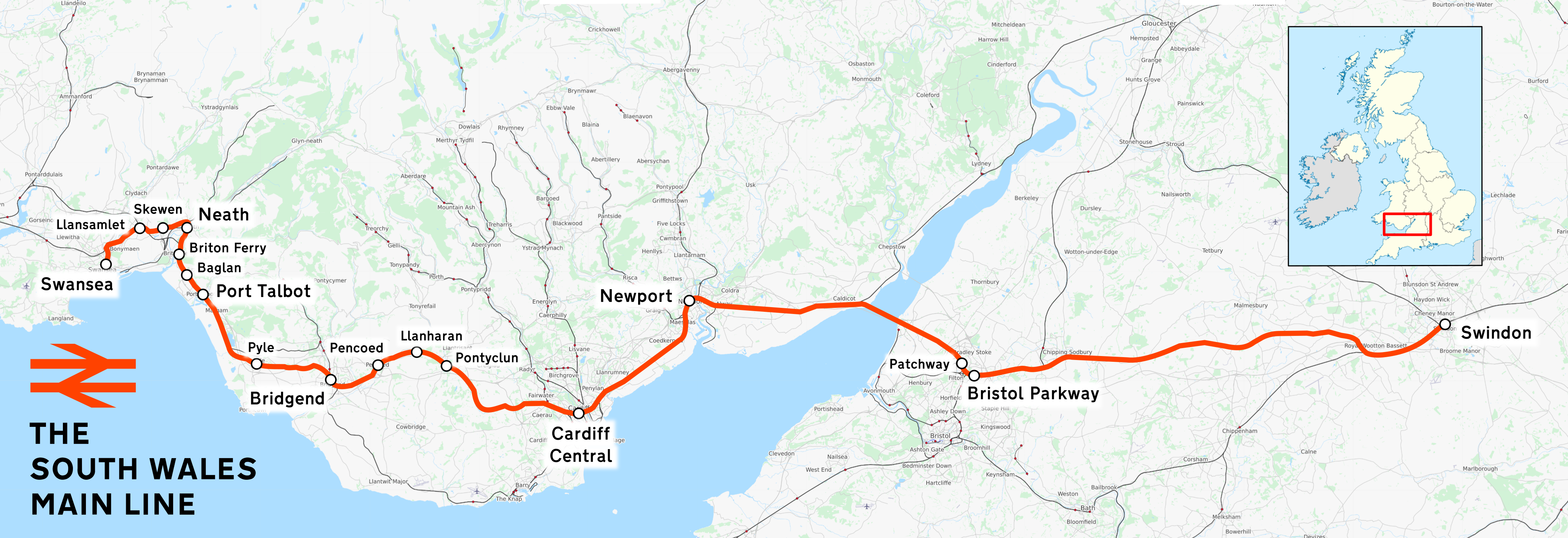|
Dauntsey Railway Station
Dauntsey railway station served the village of Dauntsey, Wiltshire from 1869 to 1965. It was situated on the Great Western Main Line which runs from London to Bristol. The station site is a mile and a half south of Dauntsey village and is near Dauntsey Lock which suggests that the station was important to the Wilts & Berks Canal. Dauntsey was a small station with three platforms, two of which are similar in length to the platforms at which is further down the line between Chippenham and Bath Bath may refer to: * Bathing, immersion in a fluid ** Bathtub, a large open container for water, in which a person may wash their body ** Public bathing, a public place where people bathe * Thermae, ancient Roman public bathing facilities Plac .... The station had a main building with a canopy on the up platform (towards London) and the platform on the opposite side had a small brick shelter, also with a canopy. Dauntsey station became the junction for the branch line to Malmesbury ... [...More Info...] [...Related Items...] OR: [Wikipedia] [Google] [Baidu] |
Dauntsey
Dauntsey is a small village and civil parish in the county of Wiltshire, England. It gives its name to the Dauntsey Vale in which it lies and takes its name from Saxon for Dantes- eig, or Dante's island. It is set on slightly higher ground in the flood plain of the upper Bristol Avon. Today, the parish is split by the M4 motorway, with a chain of historic smaller settlements spread either side. Dauntsey Green is north of the motorway, along with Dauntsey Church at the entrance to Dauntsey Park; to the south are Greenman's Lane, Sodom and Dauntsey Lock. Dauntsey Lock is on the former Wilts and Berks Canal (presently being restored), the course of which runs alongside the Bristol-London mainline railway. History Malmesbury Abbey was granted an estate at Dauntsey in 850, and the Domesday Book of 1086 recorded a settlement of 26 households. The Brinkworth Brook defined the northern boundary of the parish, and the Avon most of the western; to the south the natural boundary is t ... [...More Info...] [...Related Items...] OR: [Wikipedia] [Google] [Baidu] |
Yatton Railway Station
Yatton railway station, on the Bristol to Exeter line, is in the village of Yatton in North Somerset, England. It is west of Bristol Temple Meads railway station, and from London Paddington. Its three-letter station code is YAT. It was opened in 1841 by the Bristol and Exeter Railway, and served as a junction station for trains to Clevedon and Cheddar, but these lines closed in the 1960s. The station, which has two platforms, is managed by Great Western Railway, the seventh company to be responsible for the station, and the third franchise since privatisation in 1997. They provide all train services at the station, mainly hourly services between and , and between and . The line is not currently electrified, and there is local support for electrification as an extension of the Great Western Main Line upgrade programme. A community centre and café was opened at the station in 2011. Description The station is located in the north end of the village of Yatton, North Somerse ... [...More Info...] [...Related Items...] OR: [Wikipedia] [Google] [Baidu] |
Railway Stations In Great Britain Closed In 1965
Rail transport (also known as train transport) is a means of transport that transfers passengers and goods on wheeled vehicles running on rails, which are incorporated in tracks. In contrast to road transport, where the vehicles run on a prepared flat surface, rail vehicles (rolling stock) are directionally guided by the tracks on which they run. Tracks usually consist of steel rails, installed on sleepers (ties) set in ballast, on which the rolling stock, usually fitted with metal wheels, moves. Other variations are also possible, such as "slab track", in which the rails are fastened to a concrete foundation resting on a prepared subsurface. Rolling stock in a rail transport system generally encounters lower frictional resistance than rubber-tyred road vehicles, so passenger and freight cars (carriages and wagons) can be coupled into longer trains. The operation is carried out by a railway company, providing transport between train stations or freight customer facili ... [...More Info...] [...Related Items...] OR: [Wikipedia] [Google] [Baidu] |
Buildings And Structures Demolished In 1977
A building, or edifice, is an enclosed structure with a roof and walls standing more or less permanently in one place, such as a house or factory (although there's also portable buildings). Buildings come in a variety of sizes, shapes, and functions, and have been adapted throughout history for a wide number of factors, from building materials available, to weather conditions, land prices, ground conditions, specific uses, prestige, and aesthetic reasons. To better understand the term ''building'' compare the list of nonbuilding structures. Buildings serve several societal needs – primarily as shelter from weather, security, living space, privacy, to store belongings, and to comfortably live and work. A building as a shelter represents a physical division of the human habitat (a place of comfort and safety) and the ''outside'' (a place that at times may be harsh and harmful). Ever since the first cave paintings, buildings have also become objects or canvasses of much artist ... [...More Info...] [...Related Items...] OR: [Wikipedia] [Google] [Baidu] |
Wootton Bassett Junction Railway Station
Wootton Bassett Junction railway station, formerly Wootton Bassett railway station, was a junction station in Wootton Bassett where the Great Western and South Wales Main Lines diverge. Opened in 1841, it closed in 1965. History Wootton Bassett railway station opened on 30 July 1841, when the Great Western Main Line from London Paddington was extended from Chippenham through the Box Tunnel through to Bristol Temple Meads. It replaced Wootton Bassett Road, about to the east as the station serving Wootton Bassett. The railway was double track with a platform on each side of the line and a small stone building on each. The main offices were on the north side of the line but a goods shed was provided on the south side at the London end of the platform. In 1850, an excursion train collided with a horsebox that had escaped from a siding at the station. Following this accident, the Great Western Railway provided trap points and scotch blocks at all sidings that exited onto run ... [...More Info...] [...Related Items...] OR: [Wikipedia] [Google] [Baidu] |
South Wales Main Line
The South Wales Main Line ( cy, Prif Linell De Cymru), originally known as the London, Bristol and South Wales Direct Railway or simply as the Bristol and South Wales Direct Railway, is a branch of the Great Western Main Line in Great Britain. It diverges from the core London-Bristol line at Royal Wootton Bassett beyond Swindon, first calling at Bristol Parkway, after which the line continues through the Severn Tunnel into South Wales. Great Western Railway operates Class 800 trains between London and South Wales, and Classes 253, 254 and 255 High Speed Trains on services between Cardiff and South West England. CrossCountry provides services from Cardiff to Nottingham via Severn Tunnel Junction and thence the Gloucester to Newport Line via Gloucester and Birmingham. Transport for Wales operates services between South Wales, and North Wales and the Midlands on the line. The line between Wootton Bassett and Cardiff Central is electrified using the 25 kV AC overhead sys ... [...More Info...] [...Related Items...] OR: [Wikipedia] [Google] [Baidu] |
Wiltshire
Wiltshire (; abbreviated Wilts) is a historic and ceremonial county in South West England with an area of . It is landlocked and borders the counties of Dorset to the southwest, Somerset to the west, Hampshire to the southeast, Gloucestershire to the north, Oxfordshire to the northeast and Berkshire to the east. The county town was originally Wilton, after which the county is named, but Wiltshire Council is now based in the county town of Trowbridge. Within the county's boundary are two unitary authority areas, Wiltshire and Swindon, governed respectively by Wiltshire Council and Swindon Borough Council. Wiltshire is characterised by its high downland and wide valleys. Salisbury Plain is noted for being the location of the Stonehenge and Avebury stone circles (which together are a UNESCO Cultural and World Heritage site) and other ancient landmarks, and as a training area for the British Army. The city of Salisbury is notable for its medieval cathedral. Swindon is ... [...More Info...] [...Related Items...] OR: [Wikipedia] [Google] [Baidu] |
Malmesbury
Malmesbury () is a town and civil parish in north Wiltshire, England, which lies approximately west of Swindon, northeast of Bristol, and north of Chippenham. The older part of the town is on a hilltop which is almost surrounded by the upper waters of the Bristol Avon and one of its tributaries. Once the site of an Iron Age fort, in the early medieval period Malmesbury became the site Malmesbury Abbey, a monastery famed for its learning. It was later home to one of Alfred the Great's fortified burhs for defence against the Vikings. Æthelstan, the first king of all England, was buried in Malmesbury Abbey when he died in 939. As a market town, it became prominent in the Middle Ages as a centre for learning, focused on and around the abbey. In modern times, Malmesbury is best known for its abbey, the bulk of which forms a rare survival of the dissolution of the monasteries. The economy benefits mostly from agriculture, as well as tourism to the Cotswolds, and a Dyson ... [...More Info...] [...Related Items...] OR: [Wikipedia] [Google] [Baidu] |



